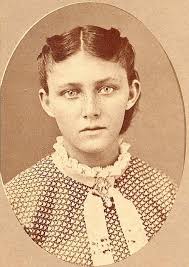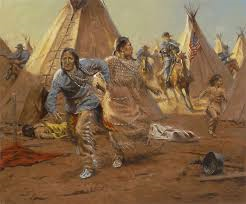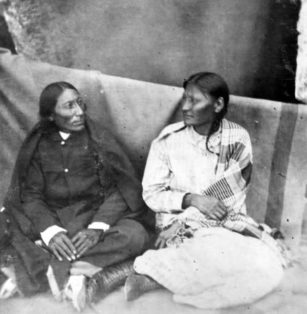Enter now to win a copy of Mochi’s War: The Tragedy of Sand Creek

The sun had not quite risen over the vast Kansas plains when John German heard a sound that tempted him from his work packing his family’s belongings into their wagon. He surveyed the campsite with a careful eye. His wife Lydia and their seven children were each going about their morning chores and preparing to continue their journey to Colorado. The Germans were from the Blue Ridge region of Georgia and had spent the summer of 1874 traveling west. They planned to reach their new home before winter.
John and Lydia’s oldest children, twenty-year-old Rebecca Jane and nineteen-year-old Stephen, were tending to the livestock in a field not far from the family campsite. For a brief moment all seemed as it should be; then, suddenly, a small herd of antelope darted across the trail, panicked. Several shots rang out, and the antelope scattered in different directions. Another shot fired and a bullet smacked John in the chest, and he fell in a heap on the ground. Lydia ran toward her husband. Nineteen members of the Bowstring Society rode hard and fast into the German family’s camp, whooping and yelling. Lydia continued running. A Cheyenne Indian on horseback chased her down and thrust a tomahawk into her back.
Rebecca Jane grabbed a nearby ax and attempted to fight off the warrior as they rode toward her. She managed to hit one of the attackers in the shoulder before she was knocked unconscious with the butt of a gun, raped, and killed.








